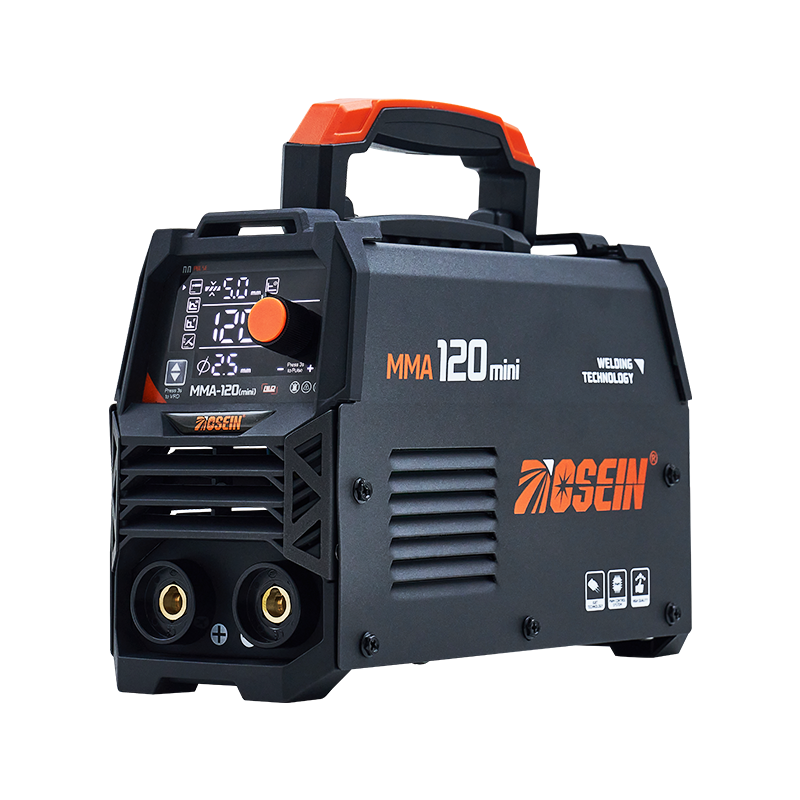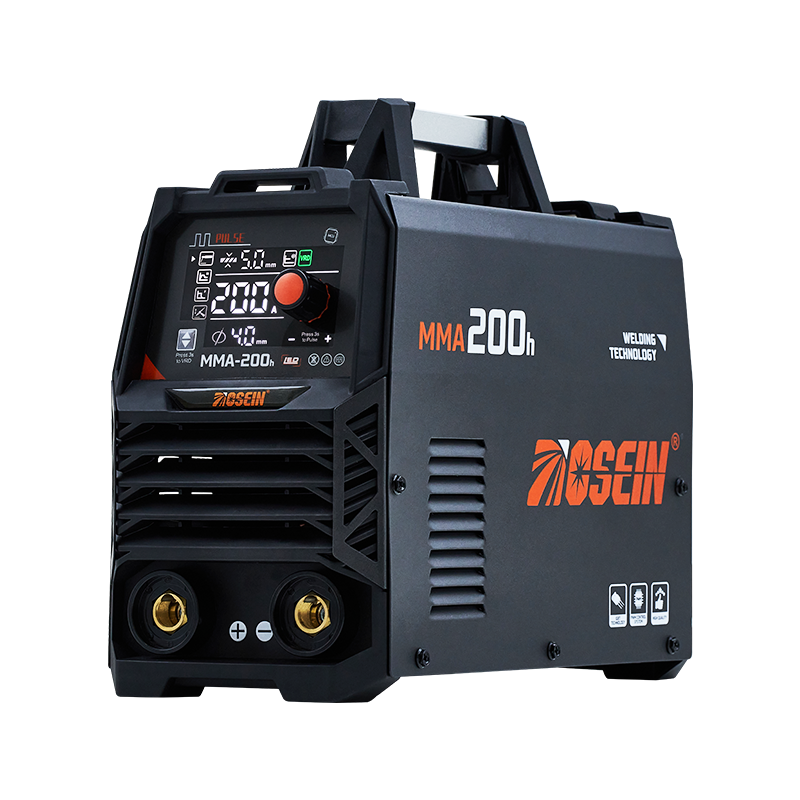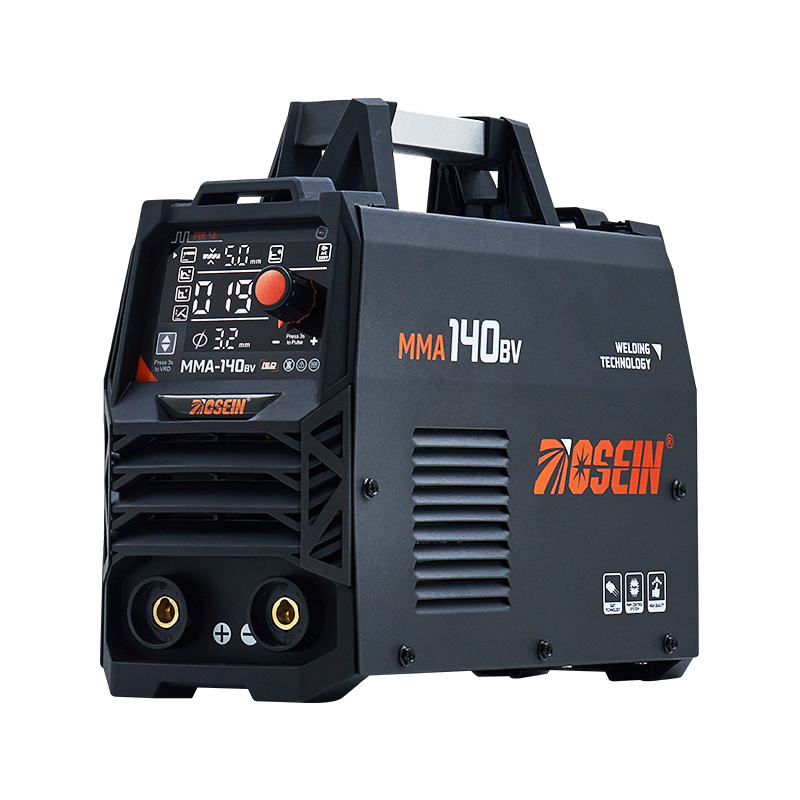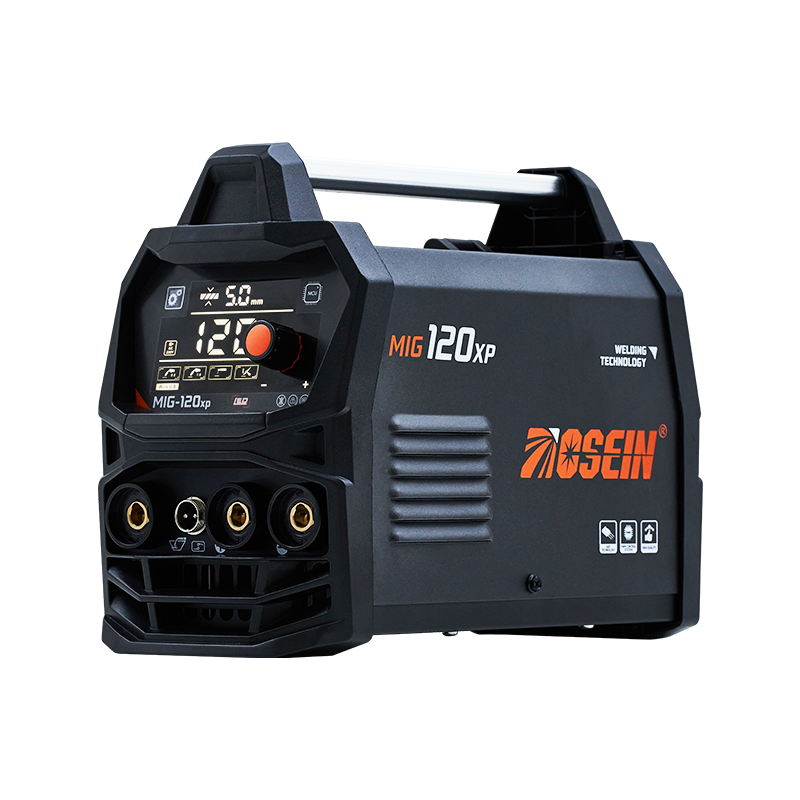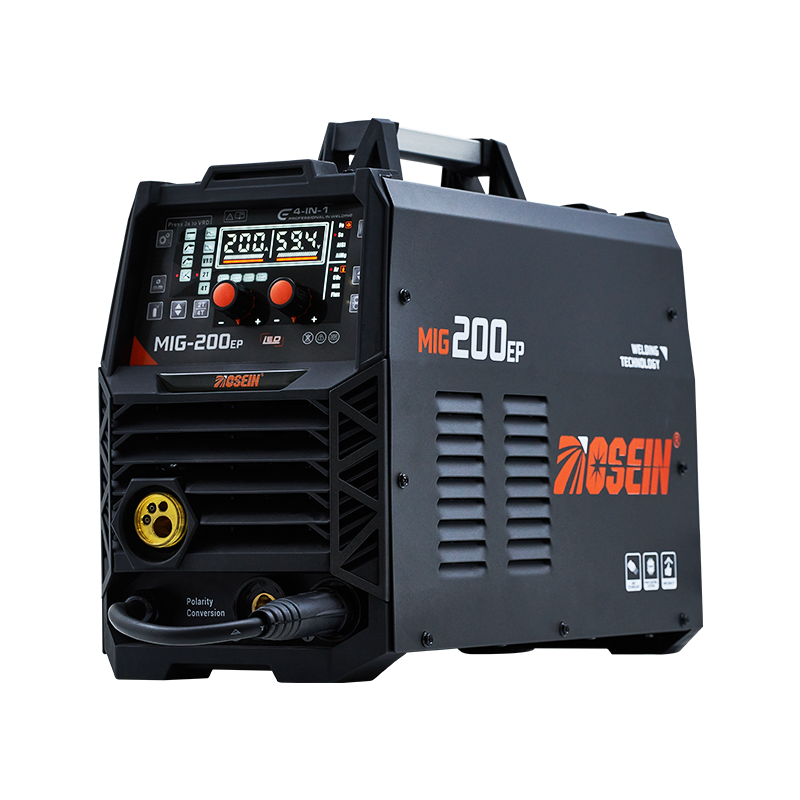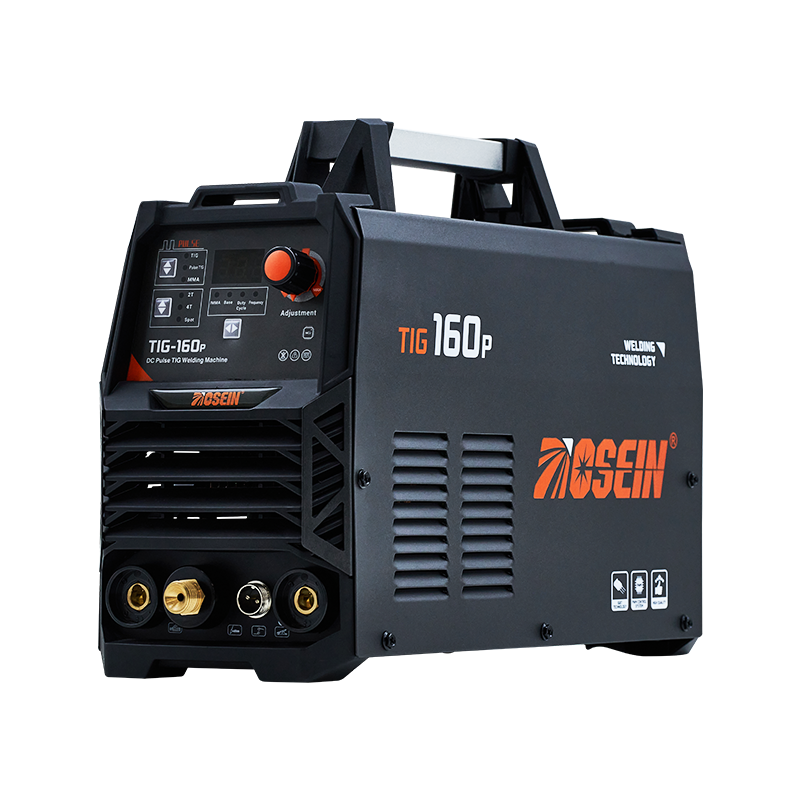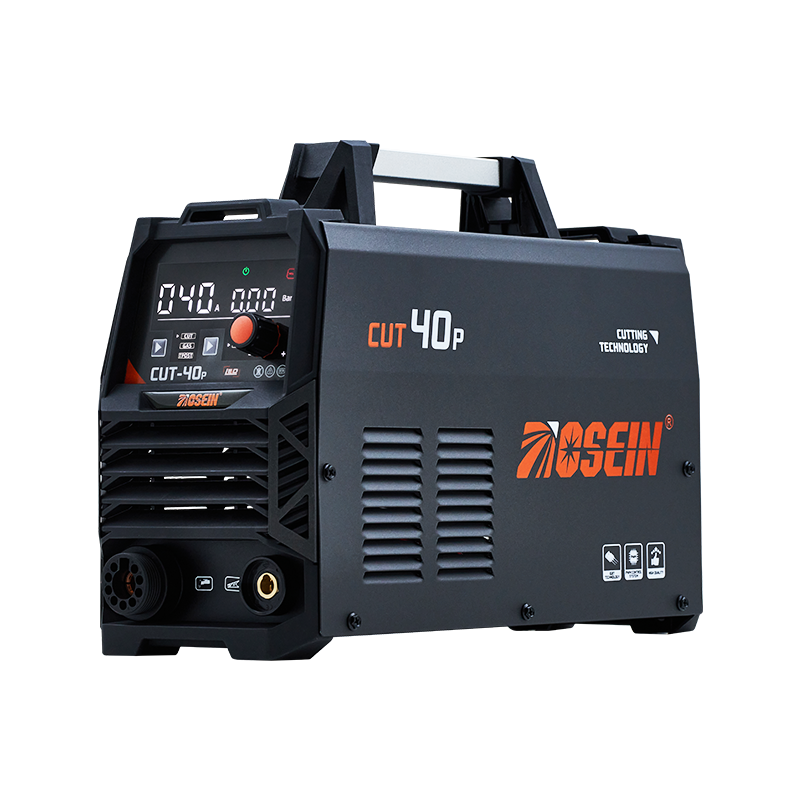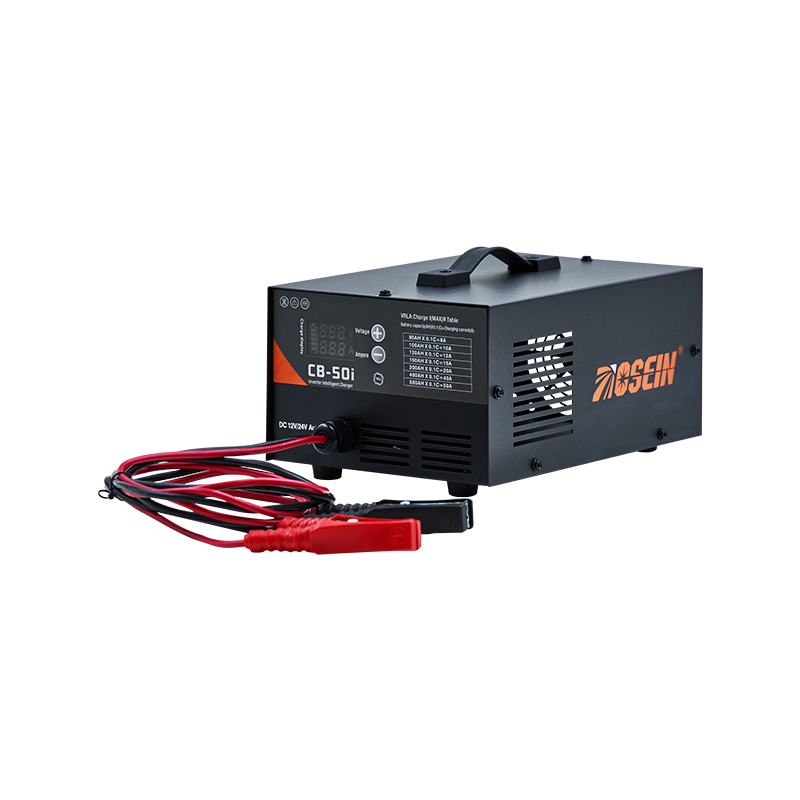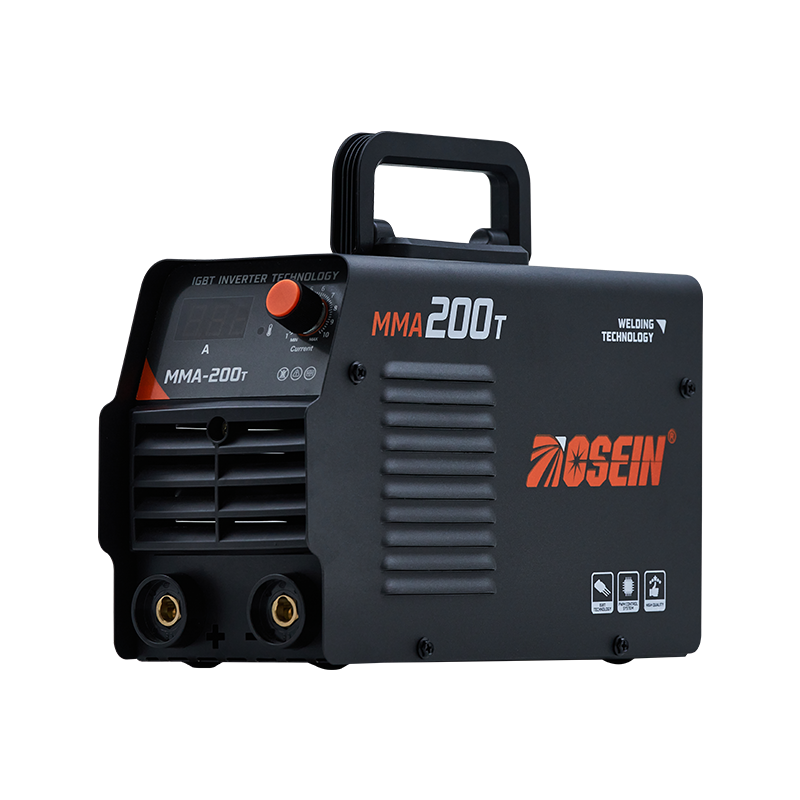
When it comes to selecting welding equipment, understanding power phase requirements is one of the important considerations. The choice between a single phase welding machine, double phase welding machine, and 3 phase welding machine depends largely on the nature of the work, the materials being welded, and the power supply available. Each type offers unique advantages that suit different welding environments and production needs.
Understanding Single Phase Welding Machines
A single phase welding machine is commonly used for light to medium welding tasks. It operates on standard household current, making it ideal for small workshops, repair jobs, or home-based projects. This type of machine is portable, easy to set up, and convenient for areas without access to industrial power.
Despite its simplicity, a single phase welding machine can deliver stable performance for thin metal sheets, maintenance work, or fabrication of small structures. However, it has limitations in handling very thick materials or continuous heavy-duty applications due to power constraints. For hobbyists or professionals working on smaller projects, it remains a practical and cost-effective option.
Exploring Double Phase Welding Machines
A double phase welding machine sits between the single and 3 phase models in terms of power capacity. It provides more consistent energy distribution, allowing for longer welding sessions without significant voltage drops. This makes it well-suited for medium-duty industrial work, small-scale fabrication shops, and field maintenance tasks.
Double phase welding machines are often valued for their balance between efficiency and flexibility. They can handle a wider range of materials and welding processes compared to single phase systems, while still being more accessible and easier to transport than heavier 3 phase machines. For welders who frequently work with medium-thickness metals or need reliable output without relying on a full industrial power grid, a double phase welding machine is a solid choice.
Understanding 3 Phase Welding Machines
A 3 phase welding machine is typically used in industrial and large-scale production environments. It draws power from a three-phase supply, delivering consistent and stable current, which is essential for heavy-duty welding operations. These machines can manage thicker materials, operate for long periods, and maintain uniform arc performance throughout extended shifts.
Because of their higher power output, 3 phase welding machines are suitable for applications such as shipbuilding, construction, and manufacturing. They also tend to be more efficient in power usage, as the load is distributed evenly across the three electrical phases. However, these machines require industrial power infrastructure, making them less suitable for mobile or home use.
Choosing the Right Phase for Your Needs
The key to choosing the right welding machine is understanding your specific application. A single phase welding machine works well for smaller projects, DIY fabrication, or repairs where mobility and standard power connections are important. If your work involves thicker materials or continuous operation, a double phase welding machine can provide the necessary stability without requiring full industrial power.
For large-scale or professional operations that demand continuous high performance, a 3 phase welding machine is the preferred option. It ensures consistent output, handles demanding materials, and supports advanced welding processes efficiently. Evaluating the power availability at your worksite and the type of welding you do regularly will help determine which machine fits best.
Selecting between a single phase welding machine, double phase welding machine, and 3 phase welding machine depends on balancing power needs, application size, and work environment. Each type offers distinct strengths — from the portability of single phase models to the balanced efficiency of double phase systems and the industrial reliability of 3 phase machines. Understanding these differences allows welders to choose equipment that not only meets their current demands but also supports long-term productivity and quality results.
